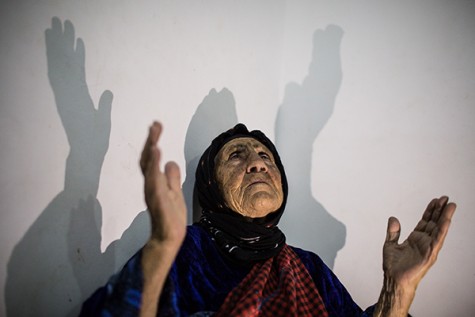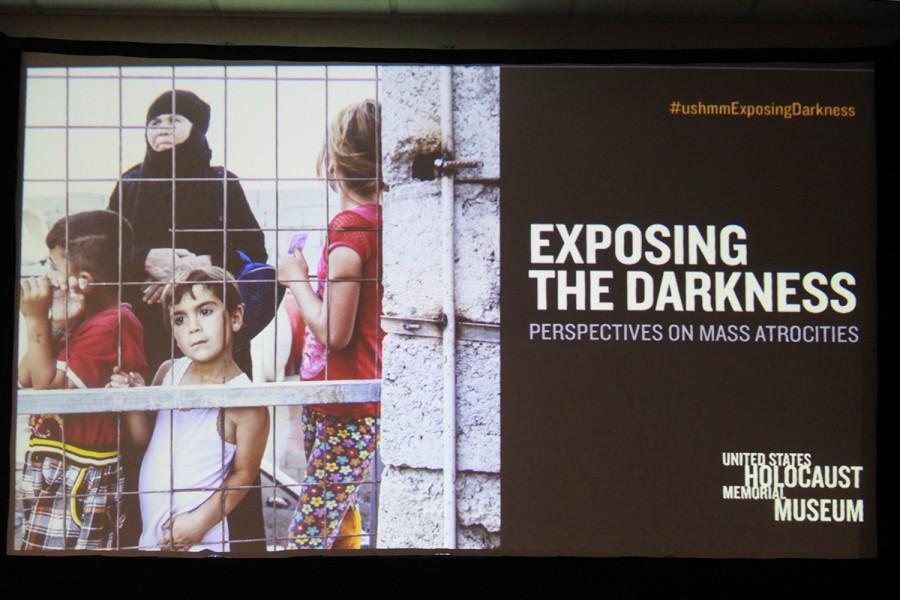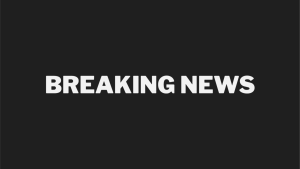Exposing the darkness: discussing the genocide in Iraq and Syria
Panelists speak about mass atrocities and raising awareness.
February 10, 2016
A town wiped off the map by ideologically driven extremists, an entire ethnicity targeted for elimination; these are things Mackenzie Knowles-Coursin witnessed firsthand and tried to prevent.
Knowles-Coursin, a photojournalist, uses his camera as a weapon to fight against extremism by alleviating ignorance. He came to FAU on Feb. 9 as one of the keynote speakers for the panel discussion titled, “Exposing the Darkness: Perspectives on Mass Atrocities” about the genocide currently taking place in Iraq and Syria.
The other keynote speaker, Naomi Kikoler, is the deputy director of the Simon-Skjodt Center for the Prevention of Genocide with the United States Holocaust Memorial Museum. She travels the world bearing witness to atrocities taking place far from the public’s eye in the hope of bringing them to the forefront of the public’s consciousness.
![The panel consisted of Naomi Kikoler [left] with the U.S. Holocaust Memorial Museum, photojournalist Mackenzie Knowles-Coursin [middle], and the moderator [right]. Joshua Stoughton | Contributing Writer](https://www.upressonline.com/wp-content/uploads/2016/02/IMG_5837-Edit_web-1-475x317.jpg)
“I heard from my grandmother what it was like to be in the Warsaw ghetto … And I believe that we can make the world into a place where children won’t have to hear those kinds of stories,” she said.
As stated by the museum’s website, Kikoler worked as a legal consultant on the prevention of genocide, clerked in the Office of the Prosecutor at the U.N. International Criminal Tribunal for Rwanda and was a legal fellow with Amnesty International Canada.
She works alongside other journalists to raise public awareness and disseminate information concerning crimes against humanity in an attempt to avert future atrocities.
“Photojournalism can galvanize the public by providing evidence of mass genocide,” Kikoler explained, as a slideshow of Knowles-Coursin’s photographs of Iraq’s displaced populations played on two large screens.

According to his website MKCimage, Knowles-Coursin photographs alongside nongovernmental organizations and assorted U.N. agencies in order to spread awareness about positive expansion initiatives and chronicle humanitarian issues that aren’t often reported.
Knowles-Coursin said one of the pictures was of a man named Ibrahim, a member of Iraq’s Yazidi minority. He was from the town of Kocho, which the self-proclaimed Islamic State (IS) surrounded and subjected to extreme violence and ethnic cleansing.
There were almost 2,000 Yazidis living in Kocho before IS arrived. According to Kikoler, twelve days later, Ibrahim was one of only 20 known male survivors.
Knowles-Coursin said that Ibrahim has no idea if his wife or children are alive or dead.
According to Kikoler, “Hundreds of men were killed … old women were killed … young women were split up among IS fighters and forced to convert and become their wives.”
Along with committing indiscriminate acts of extreme violence — resulting in instability across Iraq — Kikoler explained how IS is systematically targeting specific minority groups for extermination.
“Between June and August [2015], 800,000 people were forced from their homes in northern Iraq by IS,” Kikoler said. “I was shocked by how many Iraqis said that the U.S. should not have pulled out their forces.”
According to Knowles-Coursin, 1 in 3 people in Lebanon is a Syrian refugee.
He believes if you want to make a change, you can.
“The landscape of journalism is changing day by day … whether it’s photos, text or video … If you want to do it, just jump in and start doing it.”
Joshua Stoughton is a contributing writer with the University Press. To contact him on this or other stories, he can be reached at jstoughton2013@fau.edu or on Twitter.






